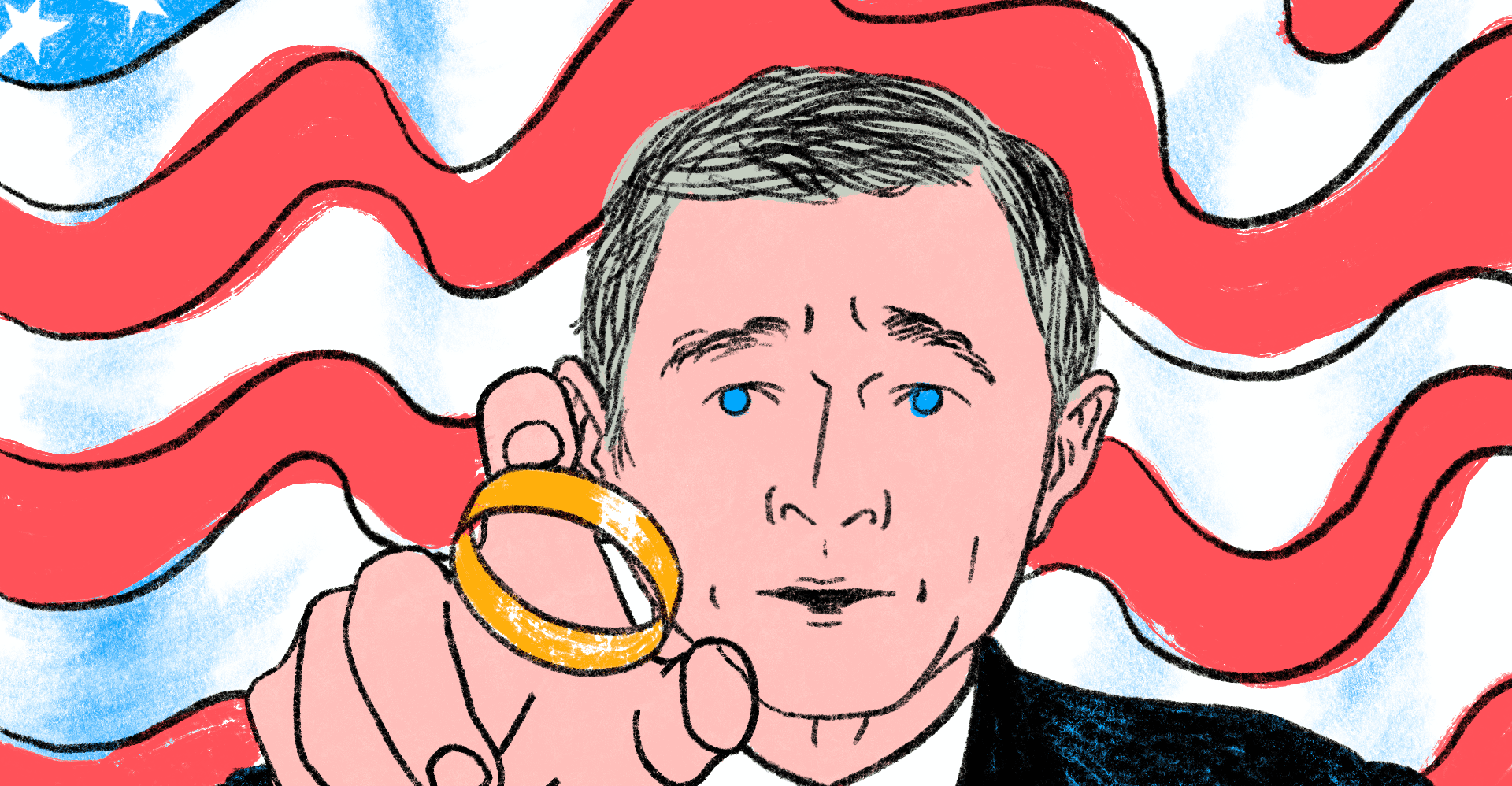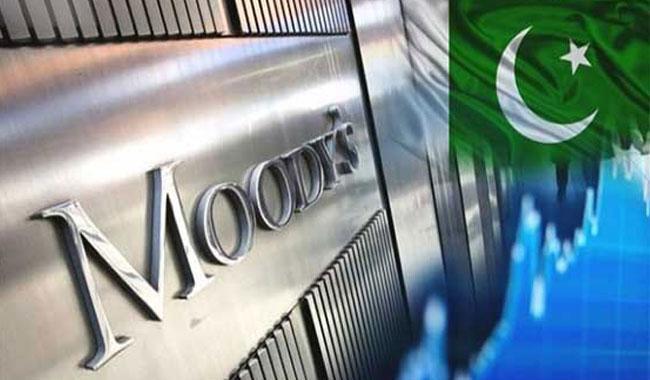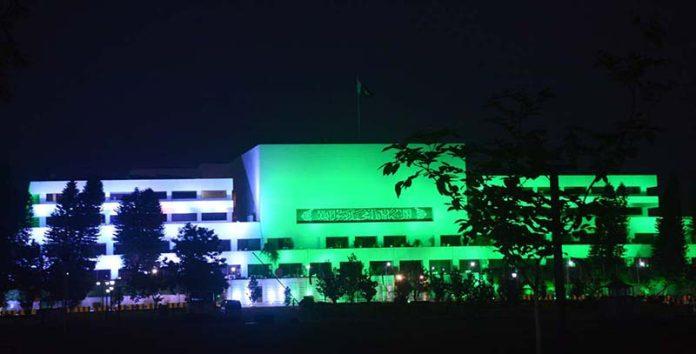When Peter Jackson’s epic adaptation of The Lord of the Rings: The Fellowship of the Ring debuted on December 10, 2001, it was considered a likely boondoggle. Hollywood hadn’t launched a truly successful fantasy film franchise since the first Star Wars trilog…

Published 7 hours ago on Aug 13th 2025, 4:00 pm
By Web Desk

When Peter Jackson’s epic adaptation of The Lord of the Rings: The Fellowship of the Ring debuted on December 10, 2001, it was considered a likely boondoggle. Hollywood hadn’t launched a truly successful fantasy film franchise since the first Star Wars trilogy in the 1970s. If it was going to create one now, the savvy take was that the Harry Potter movies were a better bet, with a more active fan base and a simpler, more movie-friendly plot structure than that boasted by JRR Tolkien’s labyrinthine Lord of the Rings trilogy. What’s more, Peter Jackson’s last major film, 1996’s The Frighteners, was a flop. Jackson, Variety wrote at the time, with slight incredulity, “must have convinced someone that he would do it right.”
Yet The Fellowship of the Ring was a hit. It opened at $47 million domestically, the top of the box office by a record-breaking margin, and would go on to gross $889 million worldwide. It was nominated for 13 Oscars, including Best Picture. “By the end,” declared the Wall Street Journal in a rave review opening weekend, “you know you’ve been visiting a world truly governed by magic.”
Fellowship and its sequels became a template for what Hollywood success would look like over the next two decades. It showed executives that people were eager to see expensive, high-production value adaptations of intellectual property they already knew and loved, and that they would pay well for the privilege. It showed that audiences were willing to put up with a certain amount of lore — even labyrinthine lore — in exchange for high-stakes battles with a little artful CGI to make them look all the more epic.
But Fellowship had a special resonance with its audience because of the moment in which it came out: a mere three months after September 11, 2001. It met an American audience ready and eager to throw themselves into the story of an epic battle between good and evil — one that good was definitely going to win.
The parallels felt almost too good to be true.
“With the world newly obsessed with the clash of good and evil, the time would seem to be ideal for ‘The Lord of the Rings,’” mused Variety. “Tolkien’s tale of good people who band together against a Dark Lord and his minions has never been more timely than in our troubled age,” declared the New York Post.
The Fellowship of the Ring introduced audiences to the peaceful, prosperous Shire, only to show them how its vulnerable borders left it open to attack by the faceless, subhuman hordes of the forces of evil. Tolkien’s The Lord of the Rings, with its pacifist hobbit hero, is frequently read as an antiwar tract. But to an American audience that felt newly vulnerable and desperate for revenge, Jackson’s Fellowship felt like a perfect allegory for why a “war on terror” was not just desirable but in fact necessary.
Writing in the New York Times in 2002, film critic Karen Durbin ran through the “accidental echoes” between the Lord of the Rings films and the war on terror: “Evil or ‘Evildoers?’ Sauron or Saddam? And how many towers?” The parallels were real. George W. Bush really did vow to rid the world of evil-doers, and Tolkien’s characters really do spend a lot of time pontificating on the forces of evil. Incidentally, Lord of the Rings villain Sauron does sound a bit like former Iraqi President Saddam Hussein, and there is an unfortunate echo between the title of Tolkien’s second volume, The Two Towers, and the twin towers of the World Trade Center.
Even without those echoes, Durbin went on, there was an uncomfortable blurring between the spectacle of the films’ battle sequences and military propaganda. “Dehumanizing the other guy is the first step in training soldiers and fighting wars,” she wrote, decrying Jackson’s plentiful scenes of animalistic and terrifying orcs marching on the small, scrappy fellowship. “The danger is that this is what makes not just warfare palatable but extermination itself.”
The interpretation of the whole Lord of the Rings franchise as an allegory of America’s war on terror was so pervasive that when The Two Towers came out in 2002, Viggo Mortensen, the actor playing heroic Aragorn, spent a lot of his press tour trying to shut it down. “I don’t think that The Two Towers or Tolkien’s writing or our work has anything to do with the United States’ foreign ventures,” he said on Charlie Rose, “and it upsets me to hear that.” (Tolkien, for the record, insisted that his story was “neither allegorical nor topical” when the books’ first audiences wanted to read it as a World War II narrative.)
The message embedded in Fellowship would prove more apt as the war on terror went brutally on. In Tolkien’s mythology, the ring’s power will be misused by a nation that considers itself good just as surely as it will be misused by a group caricatured in the press as evil. No one can resist the corruptive force of pure power.
At the time, The Lord of the Rings parallels felt uncanny. Looking back, they betray how difficult it was for anyone in America to see the world through any lens outside of 9/11 at the time — and how seductive it was to imagine oneself as part of a grand conflict that was both ethical and morally pure. The Lord of the Rings offered Americans a vision in which the forces of good, no matter how corruptible, went to war under a white flag, and the forces of evil, no matter how complicated their backstory, went to war under a black flag. It was more than escapist enough for America’s bruised and reeling spirit in 2001. We, too, could be Aragorn, heroic and brave and good — and we could make our nemesis into Sauron, too evil even to have a face.

Sanam Marvi breaks silence over people questioning faith of showbiz stars
- 8 hours ago

Moody's ratings upgrades Pakistan's credit ratings to Caa1
- an hour ago
Preparations in full swing to celebrate I-Day, Marka-e-Haq victory
- 6 hours ago
ISPR releases patriotic anthem ‘Pakistan Hamesha Zindabad’ on Independence Day
- 7 hours ago
Tayyaba, Sumbul shine as Pakistan bags six medals in taekwondo
- 7 hours ago
I-Day, Marka-e-Haq celebrations underway in Islamabad
- an hour ago

Gold prices slip locally and globally
- 5 hours ago

Nation set to mark 78th I-Day with grand celebrations, defence exhibition, cultural festivities
- an hour ago

Gold prices continues to plunge in Pakistan, global markets
- 7 hours ago

At least 20 dead in shipwreck off Italy’s Lampedusa
- an hour ago

Independence Day gas schedule announced by SSGC
- 8 hours ago
Pakistan unveils national AI policy based on six-pillar framework
- 8 hours ago
You May Like
Trending









